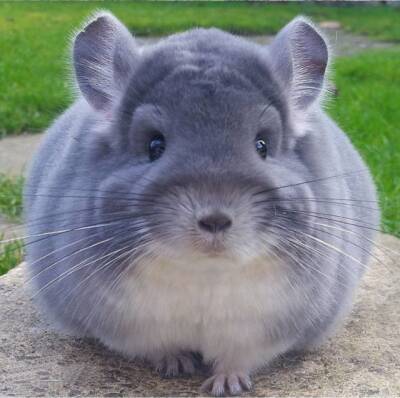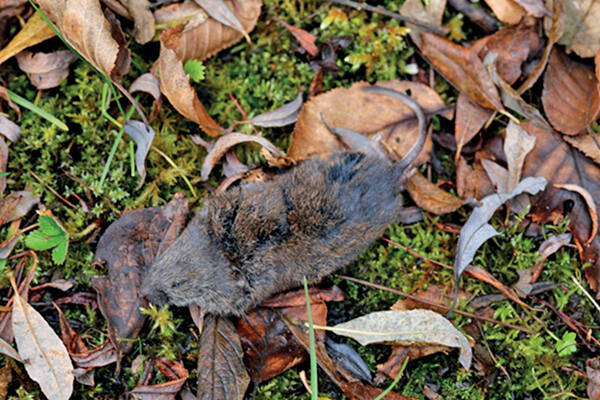Eothenomys eva
IUCN
LCBasic Information
Scientific classification
- name:Eothenomys eva
- Scientific Name:Eothenomys eva(Thomas,1911),Taozhou woolly rat
- Outline:Rodents
- Family:Rodentia Cricetidae Velociraptor
Vital signs
- length:92-95mm
- Weight:
- lifetime:
Feature
The tail is more than half the length of the body, and the back hair is dense and gray.
Distribution and Habitat
It is endemic to China. It is only distributed in Sichuan, Gansu, Shaanxi, Qinghai and Ningxia.
It lives in forest thickets at an altitude of 2,480 meters. It feeds on grass, young tree buds, leaves and bark.
Appearance
The individuals are relatively small, with a body length generally not exceeding 100mm (average 87mm). The tail length is more than half of the body length, 46-60mm, average 52mm. The fur on the back is gray, and some individuals are stained brownish yellow. The abdomen is gray. The fur is dense, without obvious guard hairs. The ears are visible outside the fur. On the skull, the first lower molar is composed of a series of closed triangular tooth rings arranged on the left and right. This feature is a bit like vole, but the posterior edge of the palatine bone of Gansu woolly mouse is a transverse bone plate, does not form a longitudinal ridge, and has no pterygoid fossa, which is completely different from vole, but more like woolly mouse (Eothenomys).
Details
Gansu woolly rat belongs to the subfamily Arvicolinae. Gansu woolly rat and another species Caryomys inez are both members of the genus Caryomys. In molecular systematics, Caryomys and Eothenomys are closely related. Previously, Caryomys was always a subgenus of Eothenomys. Liu Shaoying et al. (2012, 2018) used molecular systematics to make Caryomys an independent genus-level taxonomic unit.

Gansu woolly rat is a major member of the subalpine forest, shrub and artificial forest ecosystems in the high altitude (above 2500m) areas of Minshan in western Sichuan and Qinling in Shaanxi. It is distributed at a slightly lower altitude in Liupanshan, Ningxia and Xunhua, Qinghai. There are many of them in the distribution area, and they like moist, loose, fertile soil, thick humus and high weed cover. When the population is large, it causes serious damage to artificial forests.









